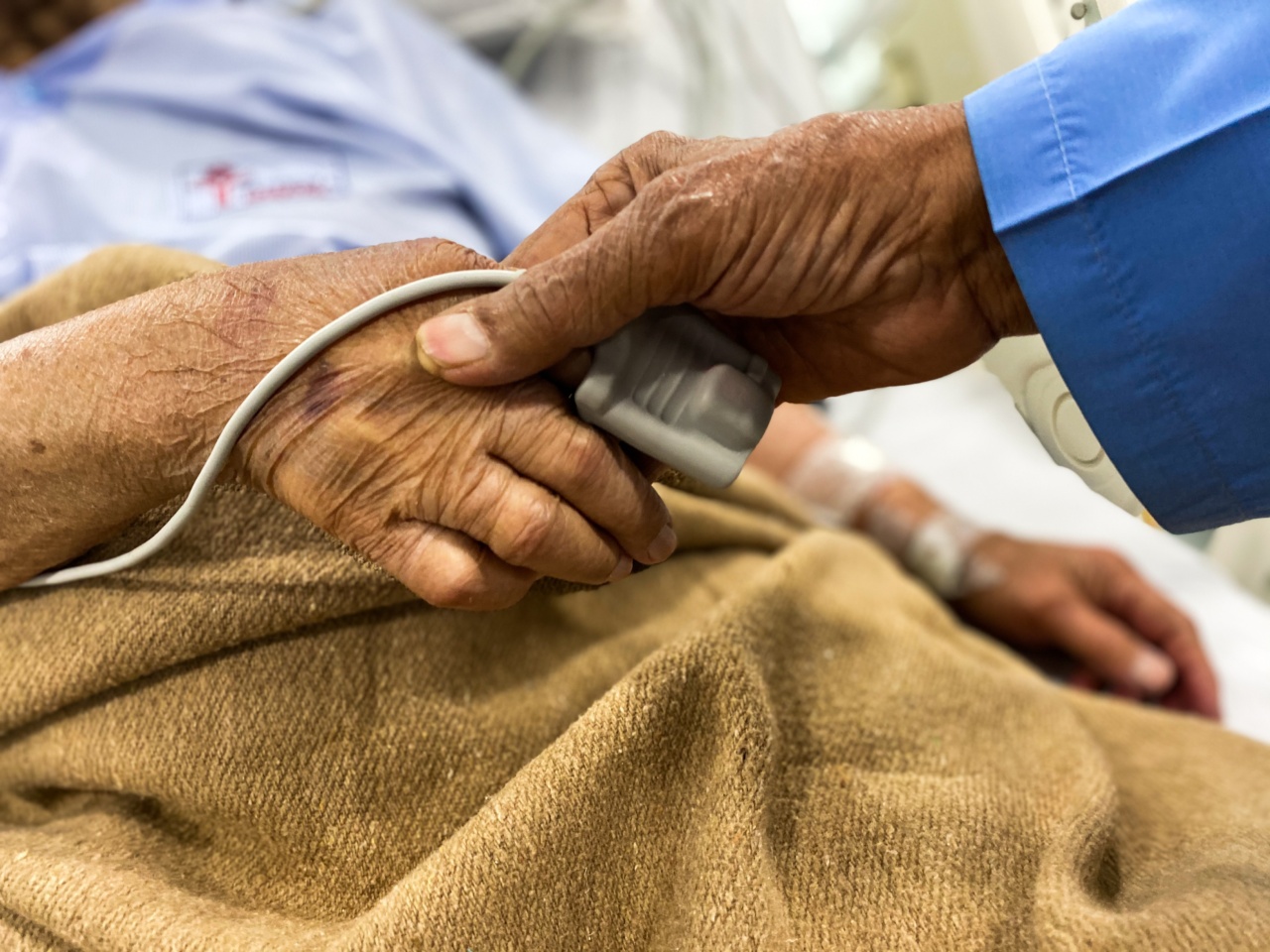Age and sex are two fundamental aspects of human life that shape our experiences, behavior, and identity. Throughout our lifespan, we undergo various physical, psychological, and social changes influenced by both age and sex.
This article explores the lifelong journey of age and sex, examining how they interact and impact different stages of life.
The Role of Age
Age is a dynamic dimension that constantly affects our lives. From infancy to old age, each developmental stage brings unique challenges and opportunities.
The journey of age is marked by significant milestones, such as puberty, adulthood, and later life adjustments.
Childhood and Adolescence
During childhood and adolescence, age plays a crucial role in shaping our physical and cognitive development. Young children rapidly acquire new skills and knowledge, forming the foundation for their future potential.
Adolescence, on the other hand, is a period of intense physiological changes, marked by the onset of puberty and the development of sexual characteristics.
Adulthood
As we transition into adulthood, age becomes closely tied to societal expectations and responsibilities. Young adults grapple with pursuing education, establishing careers, and forming romantic relationships.
The dynamics of age change as individuals enter different life stages, such as marriage, parenthood, and career advancement.
Middle Age
Middle age is a significant phase where age-related concerns and experiences become more pronounced. The physical signs of aging, such as greying hair and wrinkles, often emerge during this period.
Middle age individuals may also face the challenges of balancing work and family responsibilities while reassessing personal goals and aspirations.
Old Age
The journey of age eventually leads to old age, a stage characterized by a decline in physical strength and increased vulnerability to health issues.
However, it is important to note that old age also brings wisdom, life experience, and the potential for continued growth and fulfillment. Retirement, leisure activities, and maintaining social connections are key aspects of this stage.
The Interplay of Age and Sex
While age influences our life journey, sex also plays a significant role in shaping our experiences. Biological and social differences between males and females lead to distinct trajectories across various aspects of life.
Physical Development
Age and sex impact physical development differently.
For instance, during puberty, males experience voice deepening, facial hair growth, and increased muscle mass, while females develop breasts, experience menstruation, and experience changes in body shape. In later life, hormonal changes associated with menopause in females and andropause in males create unique challenges and adaptations.
Social Expectations
Age and sex intersect to influence societal expectations we face. Gender norms and stereotypes dictate specific roles and behaviors, such as the pressure on males to exhibit strength and assertiveness, and females to embody nurturing qualities.
These stereotypes often evolve and change as we age, with different expectations placed on individuals depending on their life stage and cultural context.
Psychological and Emotional Factors
Age and sex contribute to psychological and emotional factors that shape our mental well-being.
Younger individuals often grapple with questions of identity, self-esteem, and body image, while older adults may face existential concerns and reflections on their life journey. Hormonal and neurological changes associated with aging also impact mental health and cognitive function.
Health and Aging
Age and sex play a crucial role in health and aging processes. Males and females have different susceptibilities to certain health conditions, including cardiovascular diseases, hormonal disorders, and reproductive issues.
Additionally, age-related diseases, such as Alzheimer’s or osteoporosis, affect individuals differently based on their biological sex and overall health.
Conclusion
Age and sex shape our lifelong journey, influencing our physical, psychological, and social experiences. Understanding the interplay between age and sex is essential for recognizing the diversity and complexity of human lives.
By promoting empathy, challenging stereotypes, and addressing the unique needs of individuals at different stages in life, we can foster a more inclusive and supportive society.































